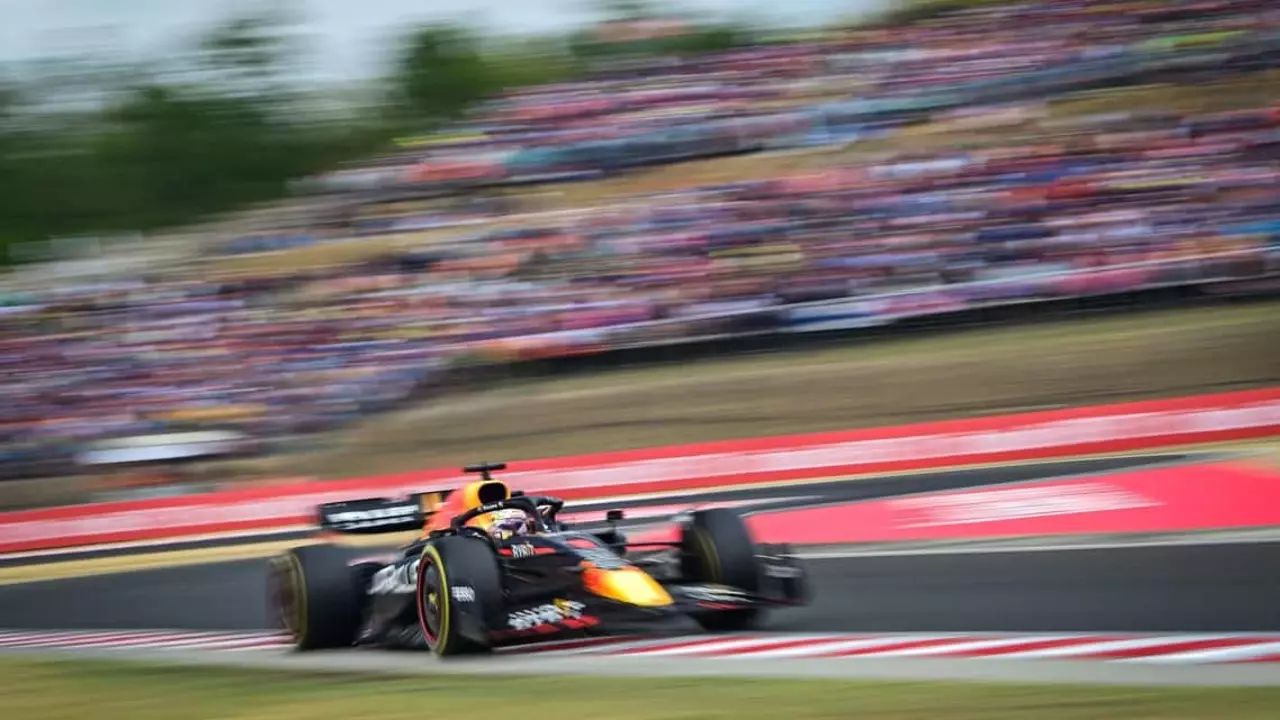Motorsports and Climate Change: What You Need to Know
If you love the roar of engines, you might wonder how that excitement fits with a planet that’s heating up. The truth is, racing isn’t just about speed – it has a real footprint on the environment. Below we break down the biggest ways motorsports touch climate and what’s being done to change the game.
Fuel Burn and Emissions
Every race car drinks fuel, and that fuel releases carbon dioxide, nitrogen oxides, and tiny particles into the air. Those gases trap heat and push global temperatures higher. A single Formula 1 car can burn around 150 litres of fuel per hour – that’s a lot of CO₂ for a few minutes of high‑speed action. Even smaller series, like touring cars or superbikes, add up because there are many events each year.
Beyond CO₂, exhaust fumes contain pollutants that harm local air quality. In densely populated venues, fans and nearby residents breathe in higher levels of smog on race weekends. That’s why many circuits now monitor air quality in real time and share the data with the community.
Tracks, Pits and Resources
Building a racetrack isn’t just pouring concrete and laying tarmac. It needs huge amounts of steel, water, and electricity. Maintaining the pit lane, grandstands, and lighting also consumes energy year after year. When you add in the logistics – trucks hauling cars, parts, and staff – the carbon cost climbs even higher.
Noise pollution is another piece of the puzzle. The decibel levels at a race can disturb wildlife, especially in rural circuits that sit near forests or farms. Some venues have started installing sound‑absorbing barriers or limiting hours to protect local ecosystems.
All this adds up to a significant environmental load, but the industry is starting to act. Hybrid power units, bio‑fuels, and even fully electric race series are showing that speed doesn’t have to mean fumes.
Electric series like Formula E run on zero‑emission powertrains and charge using renewable energy where possible. The cars still need batteries, but the overall CO₂ balance is far better than traditional gasoline engines. Some traditional series are testing 100 % sustainable fuels made from waste oils or algae, aiming to cut emissions without changing the sound fans love.
Fans can help, too. Carpooling to the track, using public transport, or buying carbon offsets for your ticket can shrink the personal carbon footprint. Many circuits now offer recycling stations and encourage the use of reusable cups and bottles.
In short, motorsports do affect climate – through fuel burn, air pollution, resource‑intensive infrastructure, and noise. But the shift toward hybrids, electric power, and greener fuels shows the sport can evolve. By supporting sustainable practices and choosing greener events, you can still enjoy the thrill of racing while keeping an eye on the planet.
What impact on climate do motorsports have?
Motorsports are a popular form of entertainment but they can have a significant impact on the environment and climate. The burning of fossil fuels, the production of exhaust fumes, and the release of hazardous materials all contribute to air pollution, which has a direct impact on climate change. Furthermore, the tracks, pits, and grandstands require large amounts of resources to construct and maintain, which can take a toll on the environment. Finally, noise pollution from the roar of the engines can have a negative effect on nearby wildlife. Ultimately, motorsports can have a significant and detrimental impact on the environment and climate.
